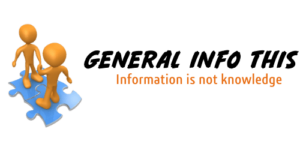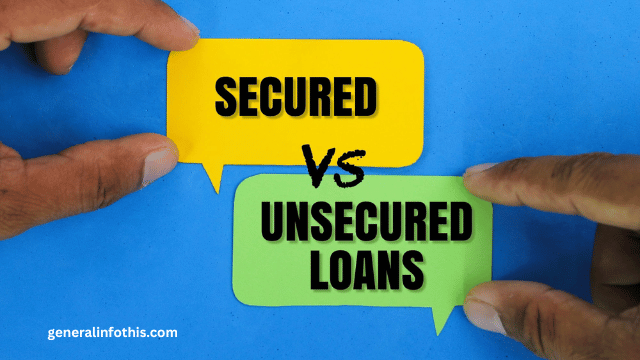When you’re looking to borrow money, you’ll likely come across two main types of loans: secured and unsecured. But what exactly do these terms mean, and how do they impact your borrowing experience? Let’s break it down simply and clearly.
Table of Contents
💼 What Is a Secured Loan?
A secured loan is a type of loan backed by collateral—something valuable you own, like your home, car, or other assets. If you fail to repay the loan, the lender can seize the collateral to recover their losses.
Examples of Secured Loans:
-
Mortgages
-
Car loans
-
Secured business loans
Pros:
-
Lower interest rates
-
Higher borrowing limits
-
Easier approval with bad credit
Cons:
-
Risk of losing your asset
-
Longer approval times
💳 What Is an Unsecured Loan?
An unsecured loan doesn’t require any collateral. Instead, lenders approve your loan based on your creditworthiness and income. These are commonly used for personal expenses or small business needs.
Examples of Unsecured Loans:
-
Personal loans
-
Credit cards
-
Student loans
Pros:
-
No risk to your property
-
Faster application process
-
Flexible usage
Cons:
-
Lower loan amounts
-
Credit score heavily matters
🔍 Which One Is Right for You?
| Criteria | Secured Loans | Unsecured Loans |
|---|---|---|
| Collateral Needed | Yes | No |
| Risk | Risk of asset loss | No asset risk |
| Interest Rate | Lower | Higher |
| Loan Amount | Typically higher | Typically lower |
| Approval Time | May take longer | Usually quicker |
If you have a valuable asset and want a lower interest rate, a secured loan might be best. If you need quick access to funds and have a solid credit score, an unsecured loan could be more convenient.
🧠 Final Thoughts
Understanding the difference between secured and unsecured loans is crucial when choosing the right financing option. Evaluate your financial situation, risk tolerance, and purpose for borrowing before making a decision.















